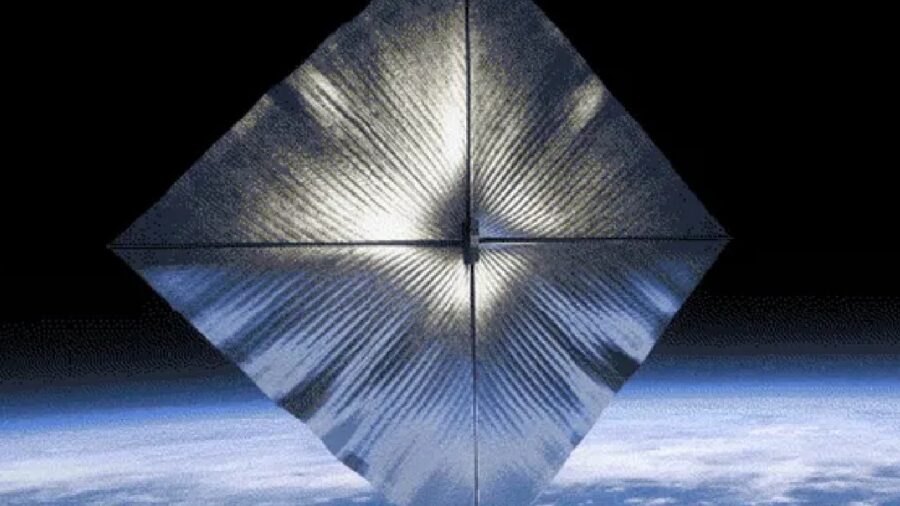NASA Solar Ship Damaged While Orbiting Earth

Written by Matthew Swigonski | Published
In April 2024, NASA launched its first iteration of the Advanced Composite Solar Sail System, or ACS3, to test the performance of the solar sail, a brand new propulsion system that NASA believes could soon advance human exploration of the solar system. future. However, in the latest ACS3 update, NASA scientists reported that the solar sail is currently collapsing while orbiting due to a slight bend in one of the spacecraft's four main booms that support its sail.
Although the boom damage slightly changed the flight path, NASA's ACS3 operators are still analyzing the situation to determine the next course.
The controls are not yet open
According to NASA, following the successful deployment of four booms and the deployment of the solar sail, the Advanced Composite Solar Sail System is still moving slightly in orbit because the spacecraft operators have been turning off its attitude control. system, which has yet to be re-engaged.
The mission team was forced to turn off the attitude control system due to the spacecraft's “fluctuations” while the solar sail was in its deployment phase. As stated in NASA's update on the mission, the attitude control system applies force to the spacecraft in an effort to maintain a very specific orientation while moving through space, essentially acting as a steering wheel for the spacecraft.
It's still a Successful Test

While the failure of the Advanced Composite Solar Sail System may be seen as a minor hiccup in the overall mission, the deviation may prove to be a very instructive test for future flights. NASA says the data collected from these solar sail tests have already proven invaluable, providing valuable insight into the technology's performance.
For now, NASA predicts that a bend in one of the four ACS3 bombs should not affect the spacecraft's ability to navigate and that future solar sail demonstrations should still go smoothly.
What's Next?
As for the next step in the Advanced Composite Solar Sail System, NASA operators are currently trying to reposition the spacecraft, all the while keeping it in a low-power state until its solar panels are effectively angled toward the sun. The NASA team is working to maintain the spacecraft's ability to engage in more critical tests, such as trying to establish two-way communication between ACS3 and the ground crew.
Once ACS3 is at altitude, mission operators will activate the spacecraft's altitude control system and the spacecraft will be able to point its high-bandwidth radio antenna toward the substation, allowing the team a chance to collect more data and measure the solar sail. .
In recent years, NASA has been developing new usable structures and various other materials technologies for solar sail propulsion systems set for future deep space deployments, with an eye to keeping costs down.
According to NASA, the ACS3 solar sails use the energy of sunlight for propulsion, eliminating the need for conventional rocket propellant. The solar sails then harness the momentum of the photons, using their slow but steady thrust to move through space, much like a sailboat uses wind to propel itself through water.
Source: NASA
Source link



